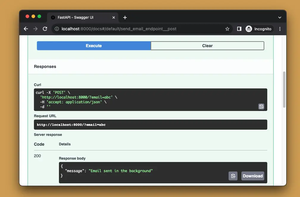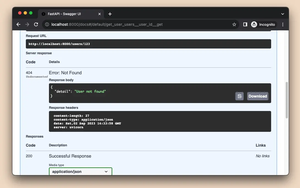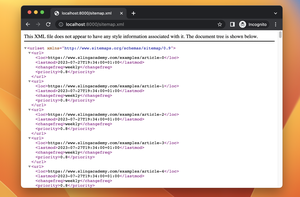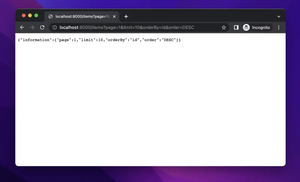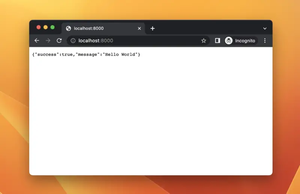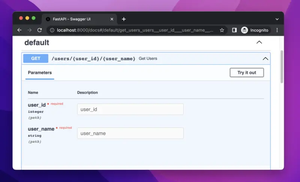The 405 Method Not Allowed error in FastAPI occurs when a client makes a request to the server using a HTTP method not supported by the endpoint. This could be due to a variety of reasons such as configuring the wrong HTTP method or a mismatch between the client and server expectations. This guide provides multiple solutions to address the issue.
Table of Contents
Check HTTP Method
Make sure the client is sending the request using the correct HTTP method that the server expects.
- Review API documentation to confirm the correct method.
- Inspect the route decorator in your FastAPI app code to verify the allowed method.
- Ensure the client request uses this method (POST, GET, PUT, DELETE, etc.).
from fastapi import FastAPI
app = FastAPI()
@app.post('/items')
def create_item(item: dict):
# Your item creation logic here
return {'status': 'Item created', 'item': item}
Advantages: Simple to verify and fix. Ensures RESTful API design principles.
Limitations: Requires careful coordination between client and server.
Update FastAPI Route
If the client uses the correct method, ensure the server supports it at the specified endpoint.
- Determine the intended HTTP method.
- Amend the route decorator in your FastAPI application accordingly.
- Test to confirm the issue is resolved.
from fastapi import FastAPI
app = FastAPI()
@app.put('/items/{item_id}')
def update_item(item_id: int, item: dict):
# Your item update logic goes here
return {'status': 'Item updated', 'item_id': item_id, 'item': item}
Advantages: Directly addresses the issue by providing the required HTTP method.
Limitations: May not align with the intended RESTful design if the method isn’t appropriate for the action.
Enable CORS for All Methods
405 Method Not Allowed errors can sometimes be caused by Cross-Origin Resource Sharing (CORS) restrictions. Ensuring CORS is properly configured can solve these issues.
- Install the
fastapi.middleware.corsmodule. - Configure CORS to allow the specific method causing the error.
- Apply the CORS middleware to the FastAPI application.
from fastapi import FastAPI
from fastapi.middleware.cors import CORSMiddleware
app = FastAPI()
app.add_middleware(
CORSMiddleware,
allow_origins=['*'],
allow_credentials=True,
allow_methods=['*'],
allow_headers=['*'],
)
# ...existing routes...
Advantages: Solves CORS related issues for all endpoints and methods.
Limitations: Allowing all methods might introduce security concerns.
